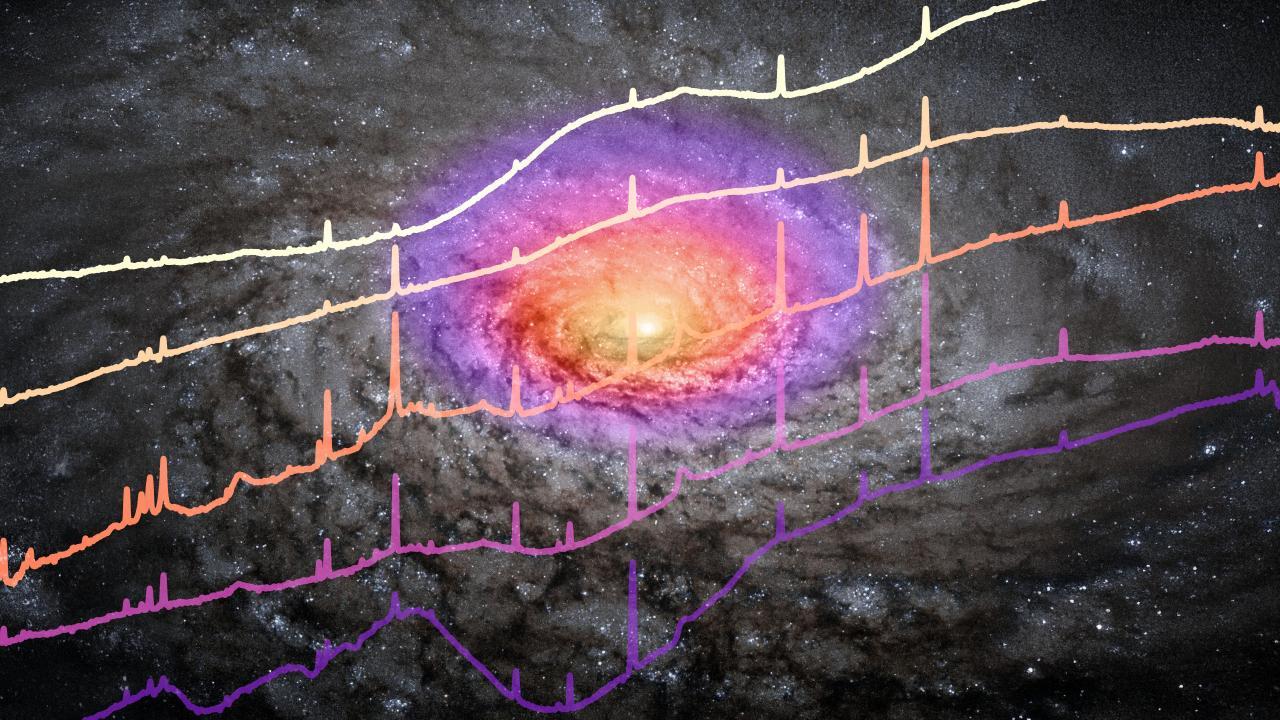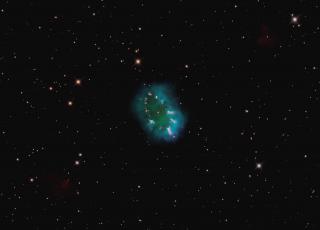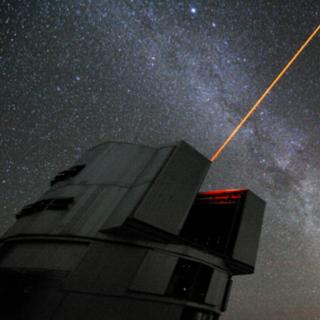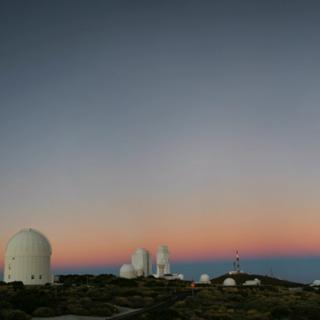Related grants:
General
This project consists of two main research lines. First, the study of quasar-driven outflows in luminous and nearby obscured active galactic nuclei (AGN) and the impact that they have on their massive host galaxies (AGN feedback). To do so, we have been granted time with the Gran Telescopio CANARIAS (GTC) in the optical and near-infrared ranges, with JWST in the mid-infrared, with ALMA in the sub-mm/mm regime and with VLT at radio frequencies. The group is also devoted to obtain and exploit observing time with the JWST and ALMA as part of the GATOS consortium (Galactic Activity, Torus and Outflow Survey) with the aim of characterizing nuclear obscuration and the gas flow cycle in local AGN. Second, the application of integral field spectroscopy to the study of extended objects (active and star forming galaxies) to investigate the triggering of both phenomena. We also contribute to the development of new instruments and data analysis procedures related to 3D observing techniques. In particular, we participate in the development of HARMONI, the first-light high-spatial resolution integral field spectrograph for the ESO Extremely Large Telescope.
Members
Results
- The total budget awarded to this project through external funding sources totals 2.370.500 euros. This only includes projects starting in or after 2020. In 2024 we managed to get a new Juan de La Cierva contract for the group, granted to Marina Bianchin.
- Publication of four works from the QSOFEED project (Bessiere et al. 2024; Holden et al. 2024; Speranza et al. 2024). The ultimate goal is to understand the impact of AGN feedback on galaxies.
- Giovanna Speranza defended her Ph.D thesis, entitled "Incidence and energetics of AGN winds in the local universe", in February 2024 (Speranza et al. 2021, 2022, 2024). Within the BID4BESt project, another seven papers led by Ph.D students have been published during 2024, in which C. Ramos Almeida participates.
- As part of the QSOFEED project we obtained time with ALMA in Cycle 11, as well as with VLT (PI: A. Audibert), and the data from the JWST cycle 2 program 3655 have been observed (PI: C. Ramos Almeida). The GATOS collaboration obtained two successful JWST proposals in cycle 3 (4972 and 5017).
- As part of the GATOS collaboration, ten papers have been published, with from one to four members as co-authors.
- A new collaboration has been established with ESO to explore the applicability of the technique developed within this project for estimating the outer scale of turbulence in IFS observations corrected with adaptive optics, with MUSE-AO data acquired for analysis in 2025.









